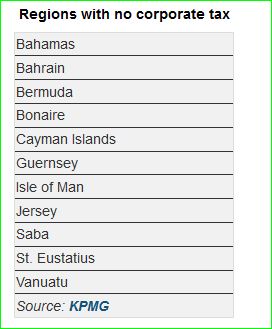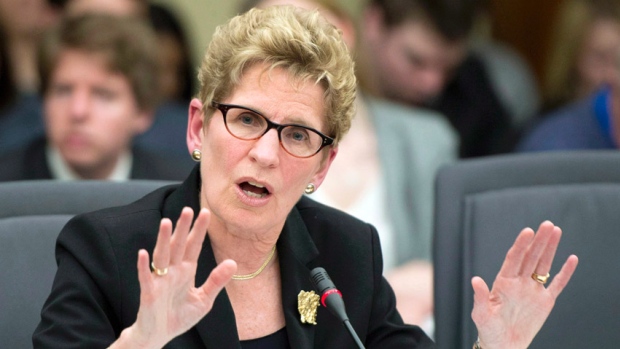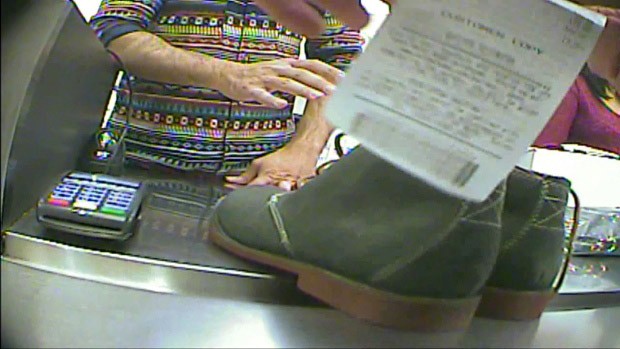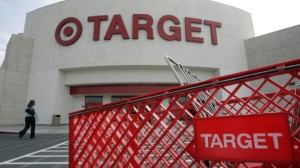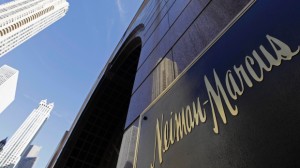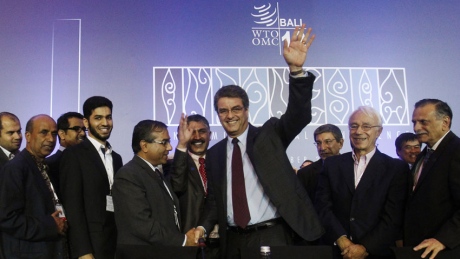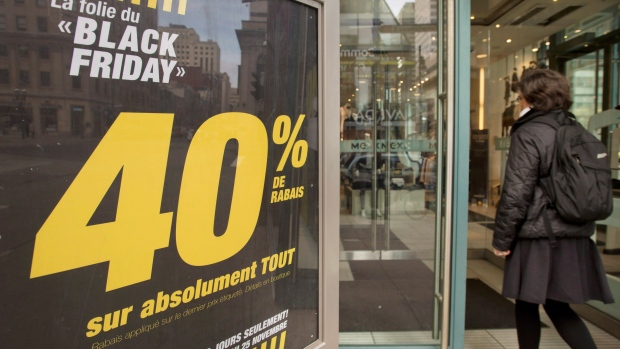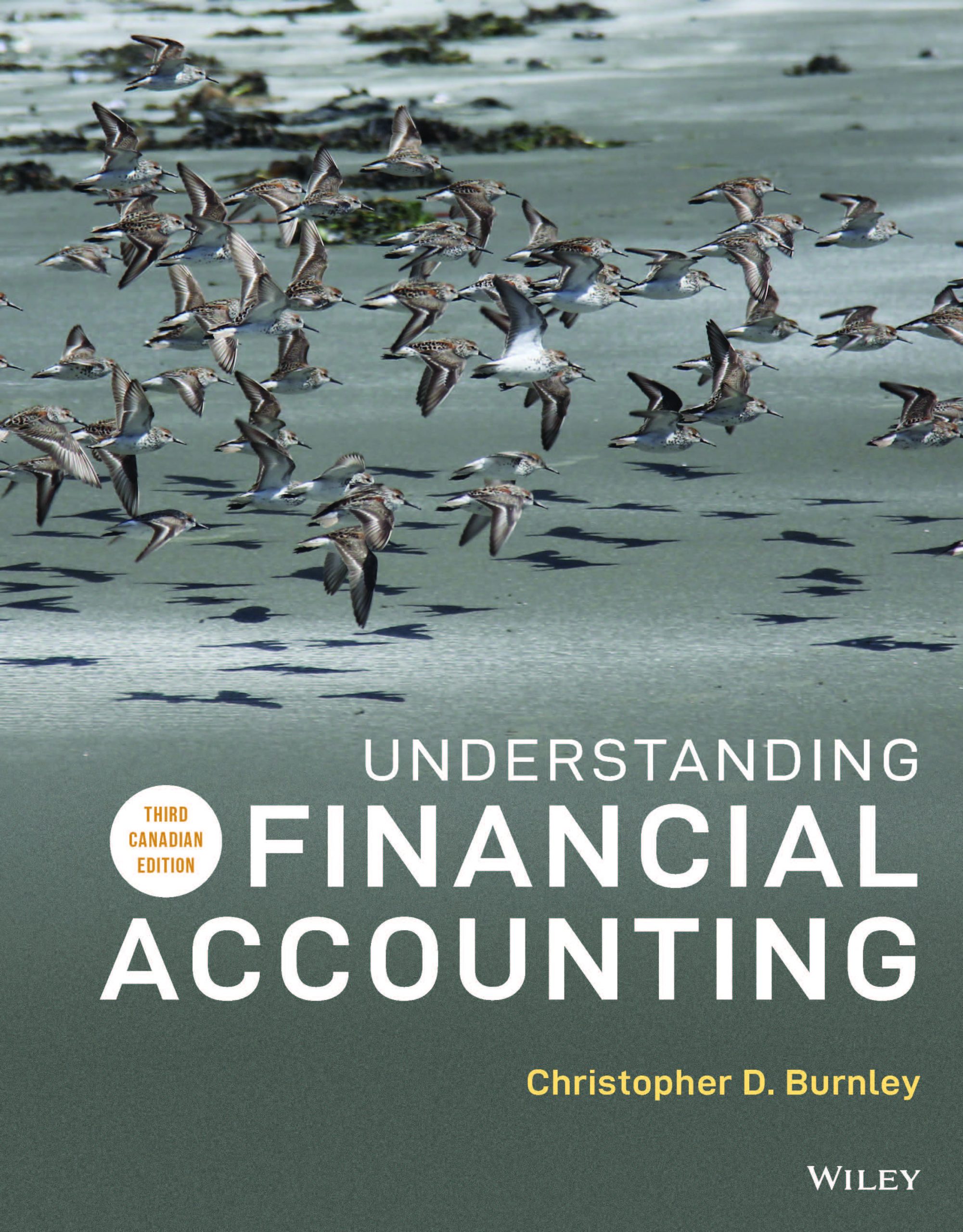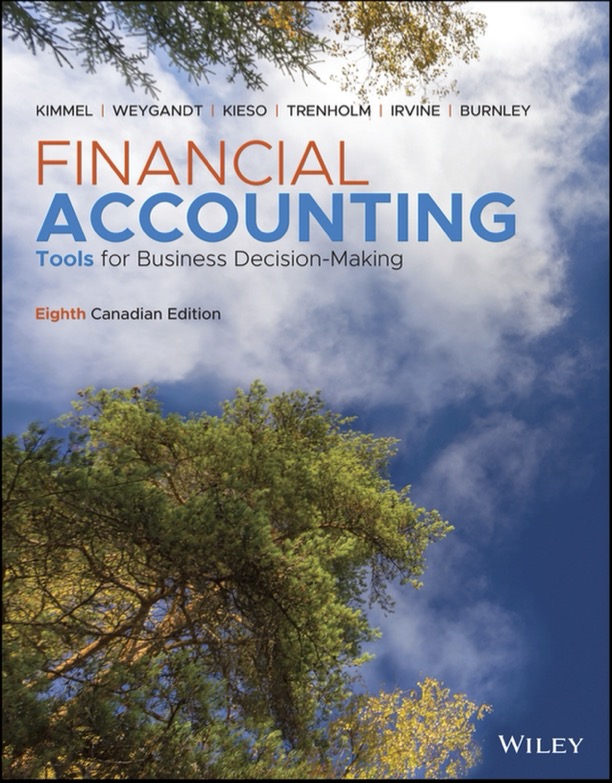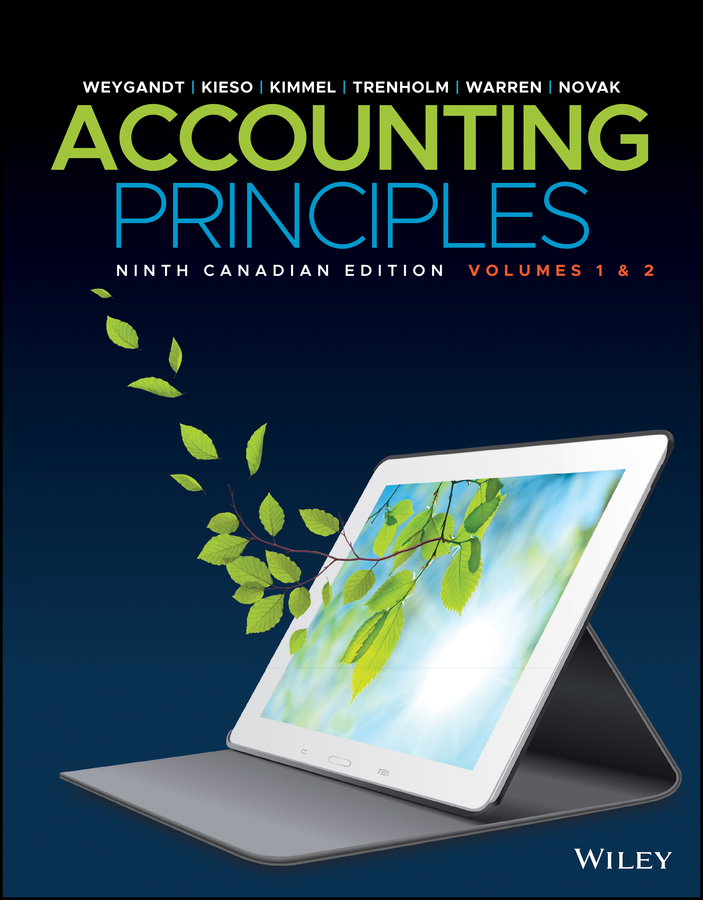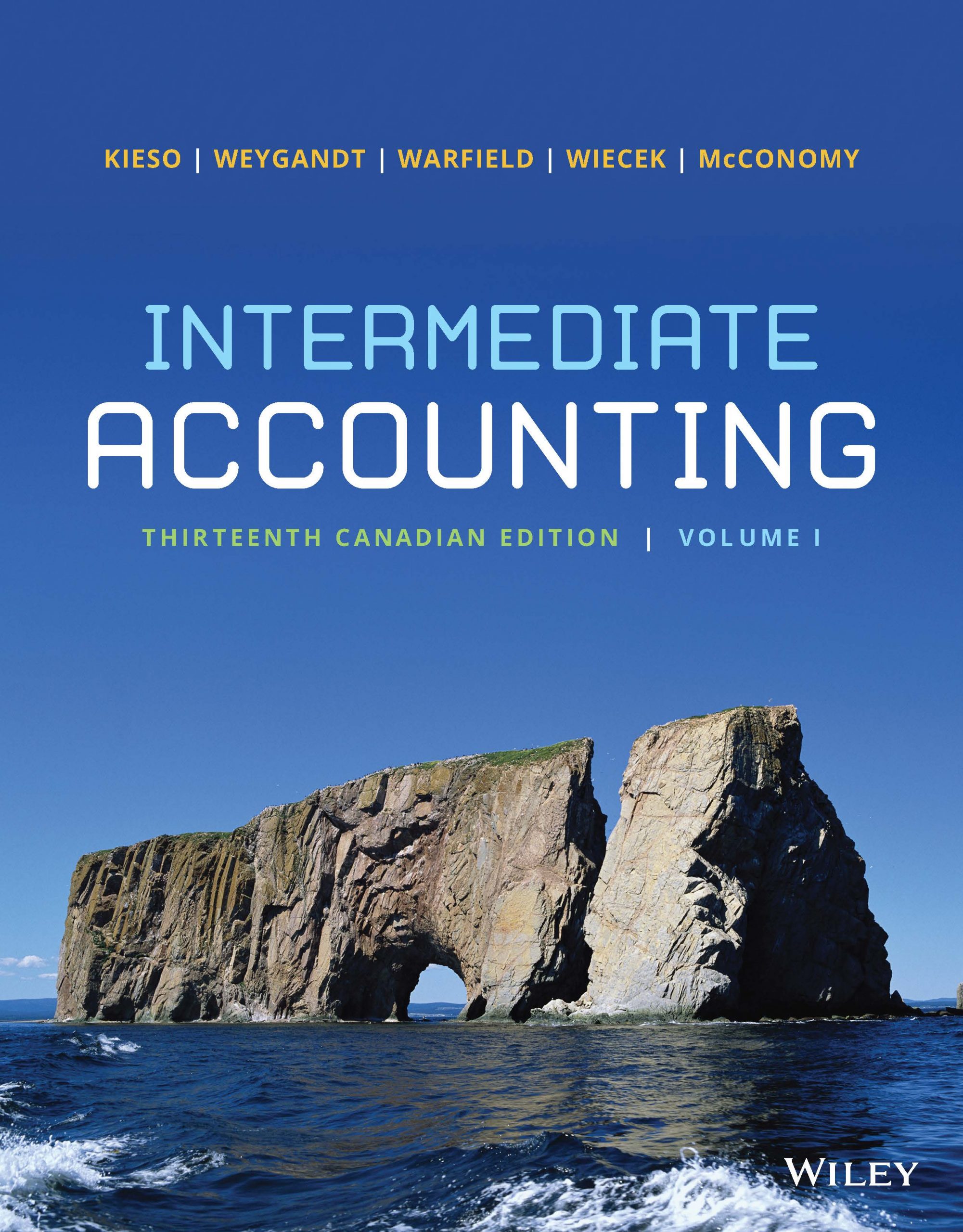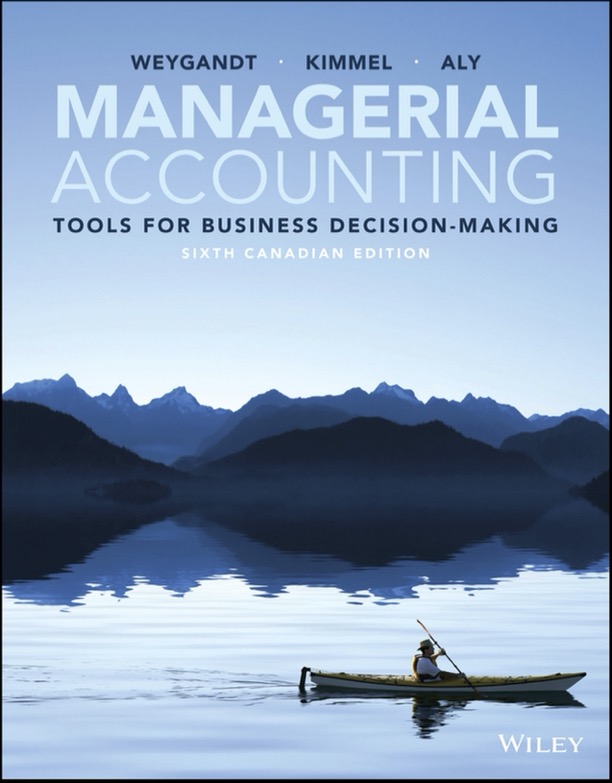Increase in Tim Hortons Franchises
Tim Hortons has laid out an ambitious plan to add 800 more franchise outlets by 2018, the latest shot in an escalating war to stay on top of the quick breakfast and coffee market.
The TSX-listed company said Tuesday it will add as many as 300 new locations in the U.S. in the next four years, a market where it has had difficulty gaining a foothold.
It also plans 500 more locations in Canada by 2018, including 160 as early as this year, a market where the brand enjoys extreme brand loyalty but is perceived to be near saturation.
“We believe that our enviable guest loyalty … will present significant opportunities to grow our Canadian business over the next five years,” the company said in a press release.
The company singled out a number of American markets where it already has almost 100 would-be franchises lined up, including 40 in St. Louis, 25 in Youngstown, Ohio, 15 in Fort Wayne, Ind. and 15 in Minot, N.D.
Looking to Persian Gulf
Last year, Tim Hortons was the target of activist shareholders who didn’t like the direction of the company and pushed it to abandon international expansion plans and focus on its strength — cranking out cash from Canadian locations, enough to boost the dividend.
Tuesday’s road-map shows the chain is doubling down on growth plans, under the leadership of new CEO Marc Caira, who took the reins last July after executive positions at Nestle and Parmalat.
The chain has growth plans as well in the Persian Gulf, a region of the world where it’s eked out a surprising foothold, with 38 locations.
The road map laid out Tuesday includes adding about 220 locations in that area over the same period.
Canadian market almost saturated, consultant says
Franchise consultant Douglas Fisher says Tim Hortons has almost saturated the Canadian market, and that shows in its year-over-year sales increases of 1.6 per cent, less than inflation.
In Ontario and most other regions outside Quebec, there is one restaurant for every 7,500 people, and that’s meant less business for individual franchisees.
“Once you saturate a market, you have to go look for a new market or you’re going to die,” Fisher told CBC News, saying he supports a strategy of expansion in the U.S. and the Middle East.
But the U.S. has been a difficult market for Tim Hortons, so it is selecting a few areas where it believes it will do well, he said.
The Middle East may have greater potential, because the chain offers a fresh concept for people there, said Fisher, who has done work for both Tim Hortons and McDonald’s.
“The Middle East is dying for and developing as many North American concepts as they can,” Fisher said, pointing to chains such as NYFries and South Side Burger that are expanding to the region.
Tim Hortons also needs to upgrade its coffee program to build same-store sales in Canada, because it’s served the same thing for 50 years.
“McDonald’s is grinding beans fresh, is making lattes from scratch — no syrups, no creams, nothing artificial — and really have come up with an excellent program. They’re also ahead of Tim’s in their store redesign and making their stores more comfortable,”
It does not appear that Tim Hortons will have an easy time to increase sales.
Tim Hortons shares were up slightly, trading at $58.22 on the TSX on Tuesday afternoon.
Discussion Questions:
1. If you research back a few years ago, Tim Hortons got out of the US market: Why do you think its trying again?
2. Good time to invest? Go to the TSX , Look up the symbol THI.
3. Tim Hortons plans to expand to the Persian Gulf: What are a few cultural changes that the company must or is considering?
Read the complete article written by: CBC News


